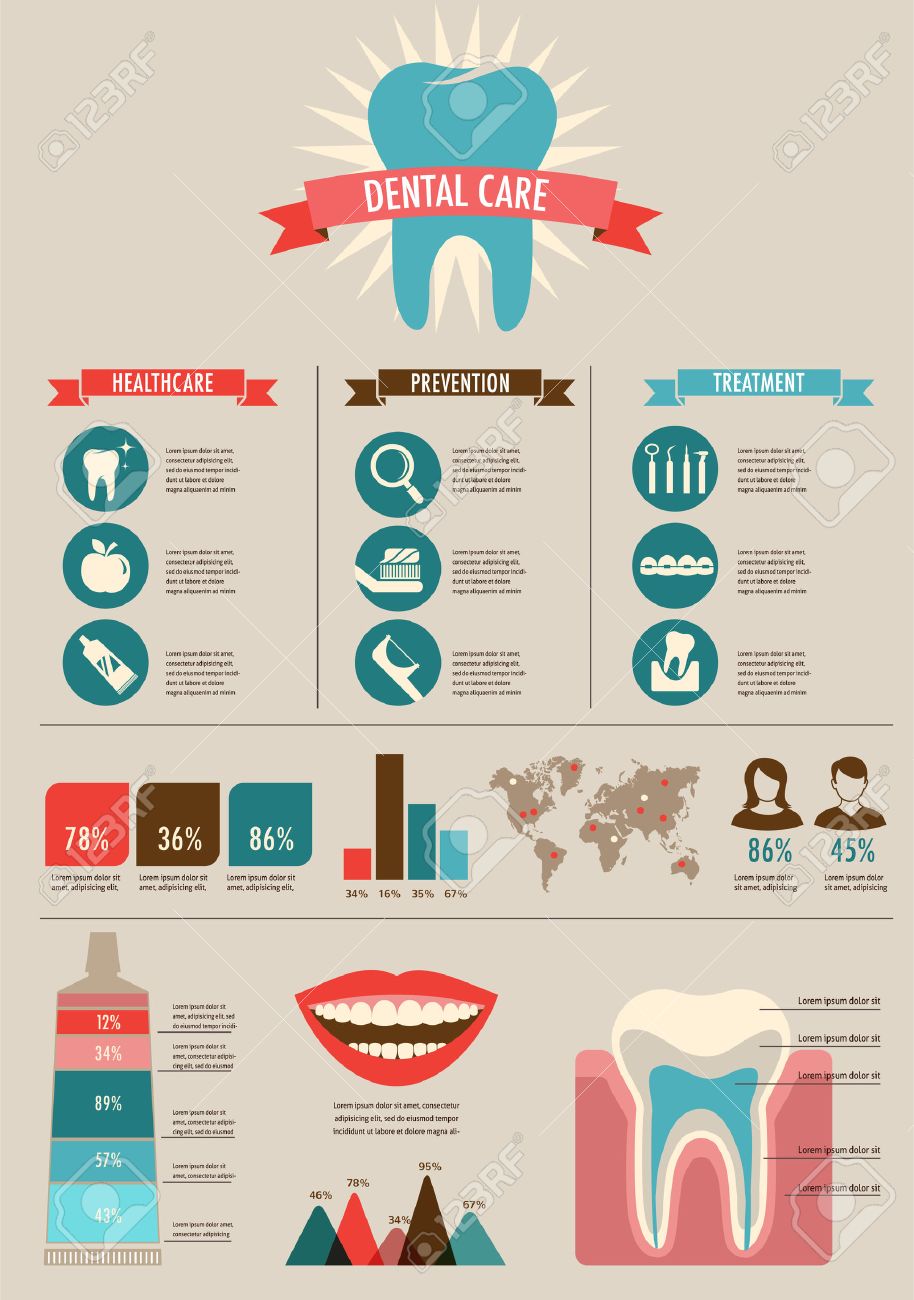The Horizon Of Dental Surgery: Revolutionary Innovations And Enhancements Forming The Profession
The Horizon Of Dental Surgery: Revolutionary Innovations And Enhancements Forming The Profession
Blog Article
Article Created By-Foldager Terrell
Invite to the world of dental surgery, where technologies and advances are shaping the future of the area! In this exciting world, you'll witness the transformative power of robotics, the cutting-edge marvel of 3D printing, and the game-changing effect of minimally invasive methods.
The future of dental surgery holds a pledge of precision, efficiency, and improved person outcomes. With the help of sophisticated robotics, doctors are able to carry out complex treatments with better precision and control.
3D printing innovation is changing the creation of dental implants and prosthetics, offering tailored services that fit perfectly into each client's unique composition.
In addition, minimally intrusive methods are decreasing post-operative pain and recovery time, enabling patients to return to their every day lives faster.
Prepare to check out the interesting innovations and advancements that are reshaping the landscape of dental surgery!
Developments in Robotics
One major improvement in oral surgery is the use of robotic technology, which allows for accurate and efficient surgical procedures. With the help of robotic systems, dental surgeons have the ability to do complicated surgical procedures with improved precision, decreasing the risk of human mistake.
These robot systems are geared up with innovative imaging modern technology and specific instruments that make it possible for surgeons to navigate via detailed anatomical structures easily. By making use of robotic technology, doctors can attain higher surgical accuracy, resulting in boosted person results and faster healing times.
Additionally, making use of robotics in oral surgery allows for minimally invasive procedures, minimizing the injury to surrounding cells and promoting faster recovery.
3D Printing in Dental Surgery
To improve the area of oral surgery, you can explore the subtopic of 3D printing in dental surgery. https://www.zawya.com/en/press-release/companies-news/align-technology-showcases-invisalign-moderatetm-package-in-the-kingdom-of-saudi-arabia-gz25knbk has the prospective to transform the method oral surgeons run and deal with individuals. Here are emergency dentist for kids austin in which 3D printing is shaping the field:
- ** Customized Surgical Guides **: 3D printing allows for the production of very precise and patient-specific surgical guides, enhancing the accuracy and effectiveness of procedures.
- ** Implant Prosthetics **: With 3D printing, oral cosmetic surgeons can develop personalized implant prosthetics that flawlessly fit a person's distinct anatomy, resulting in far better end results and patient complete satisfaction.
- ** Bone Grafting **: 3D printing allows the manufacturing of patient-specific bone grafts, minimizing the requirement for typical grafting methods and boosting healing and healing time.
- ** Education and Training **: 3D printing can be utilized to create sensible medical versions for instructional objectives, allowing dental specialists to practice intricate treatments prior to executing them on clients.
With its potential to enhance precision, customization, and training, 3D printing is an interesting development in the field of oral surgery.
Minimally Intrusive Strategies
To additionally progress the area of oral surgery, embrace the potential of minimally invasive methods that can significantly profit both specialists and people alike.
Minimally invasive methods are changing the field by reducing surgical injury, lessening post-operative pain, and accelerating the recuperation process. These techniques involve utilizing smaller sized incisions and specialized instruments to carry out procedures with precision and performance.
By using sophisticated imaging modern technology, such as cone beam of light calculated tomography (CBCT), doctors can precisely intend and execute surgical procedures with very little invasiveness.
Additionally, making use of lasers in oral surgery allows for exact tissue cutting and coagulation, resulting in decreased bleeding and minimized recovery time.
With minimally invasive methods, clients can experience faster recovery, reduced scarring, and boosted results, making it a necessary facet of the future of oral surgery.
Verdict
So, as you can see, the future of oral surgery is exceptionally appealing, with amazing developments and advancements shaping the field.
From the advancements in robotics to using 3D printing and minimally intrusive strategies, dental doctors are changing the means they give care.
While some might bother with the prospective cost connected with these improvements, it's important to bear in mind that these technologies ultimately boost patient outcomes and decrease recovery time, making them well worth the financial investment over time.
